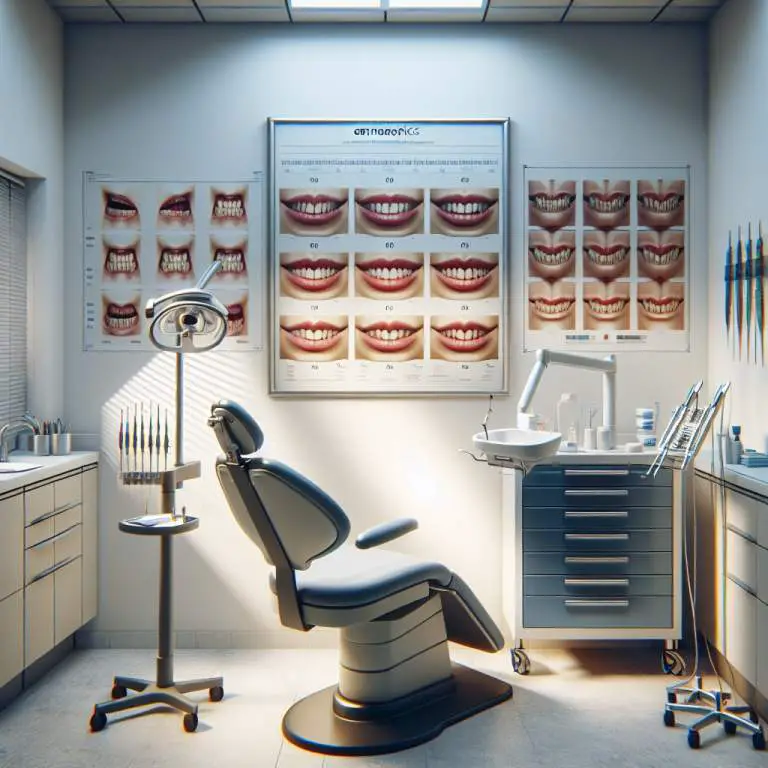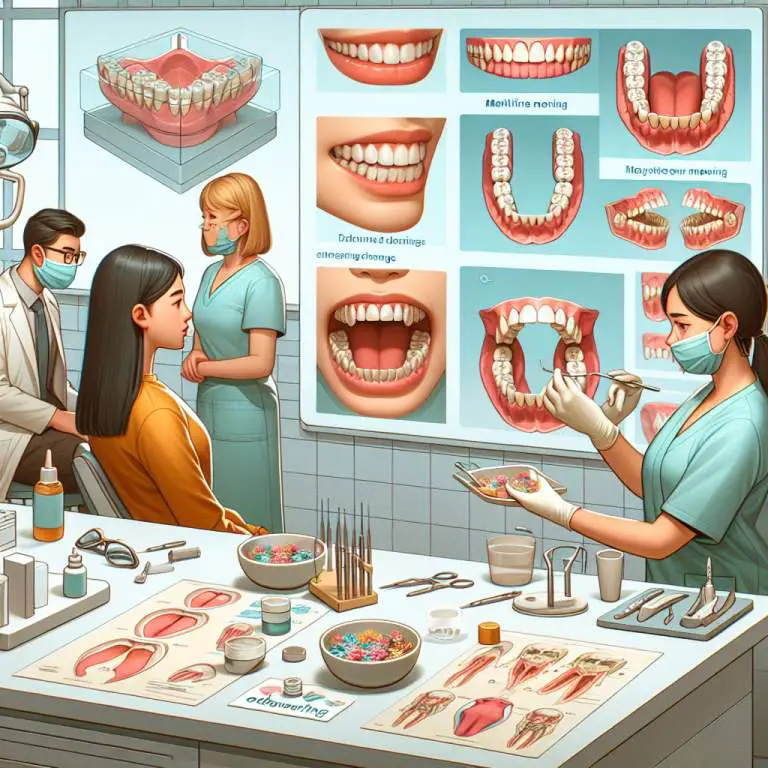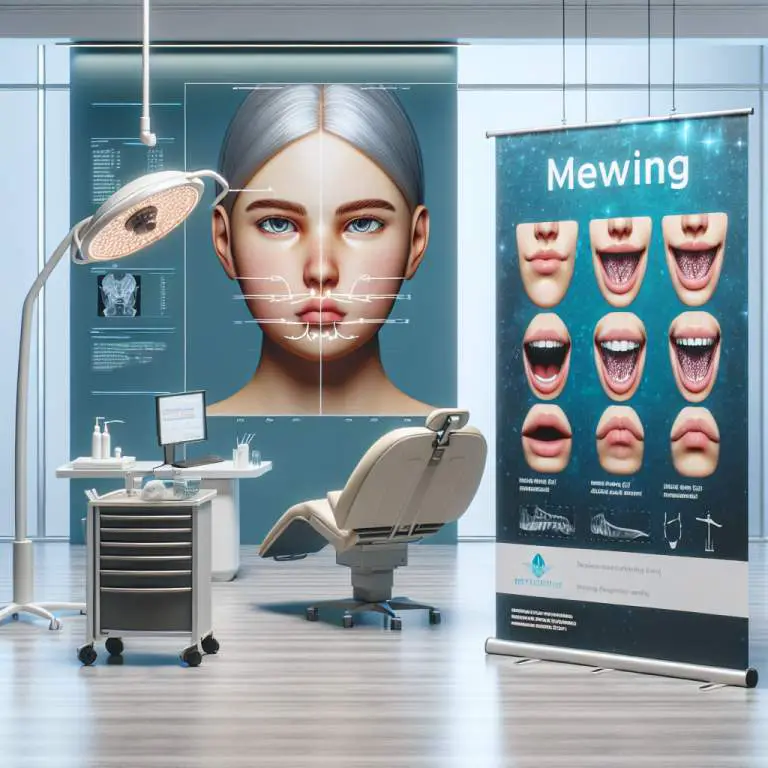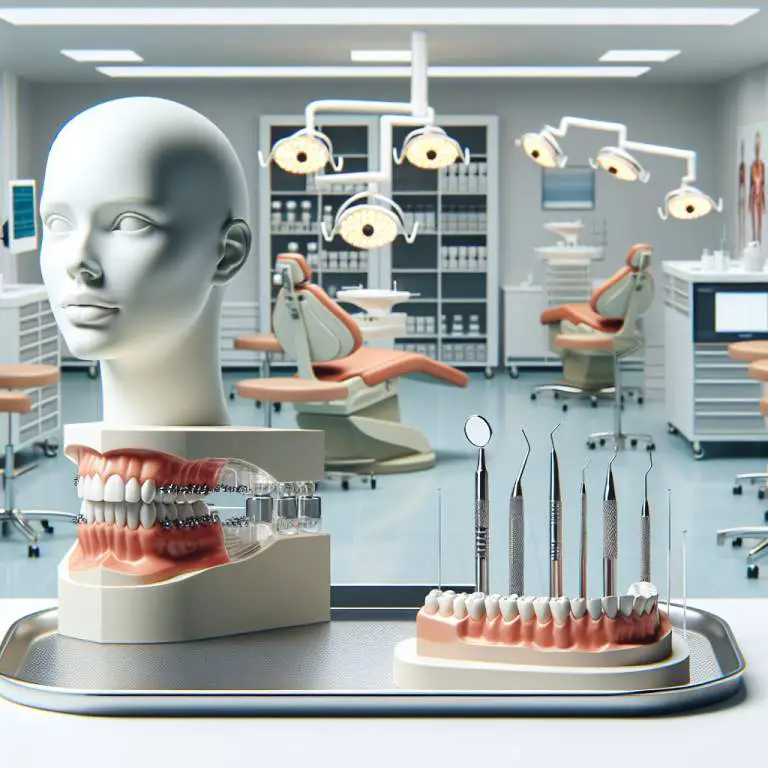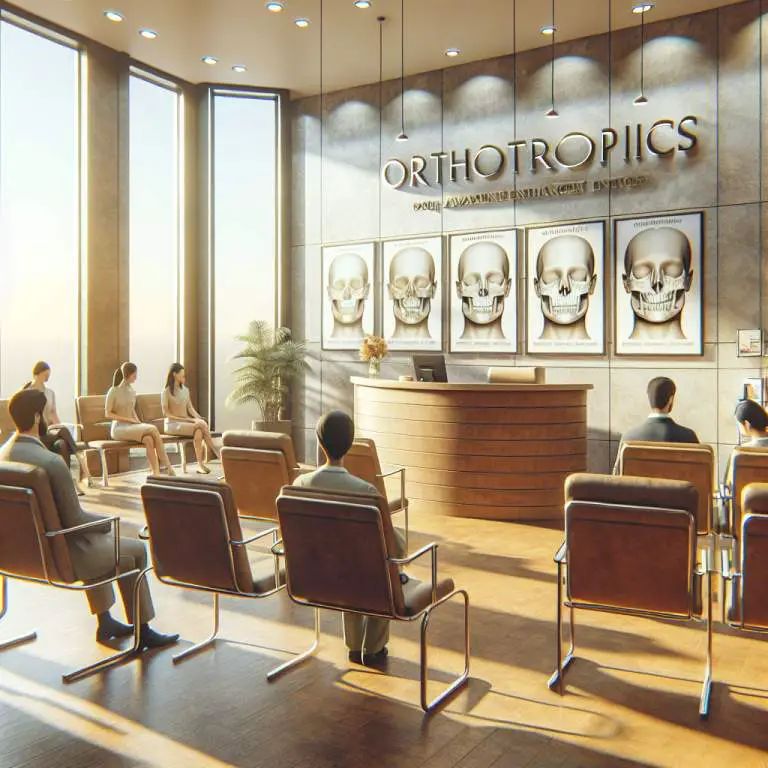Can mewing correct a recessed jawline?
Mewing can help in improving the appearance of a recessed jawline by promoting proper tongue posture, which may encourage forward growth of the jaw over time. However, results vary greatly among individuals and significant changes might require consistent practice for years. It’s important to note that mewing is not a guaranteed or quick fix for a recessed jawline.
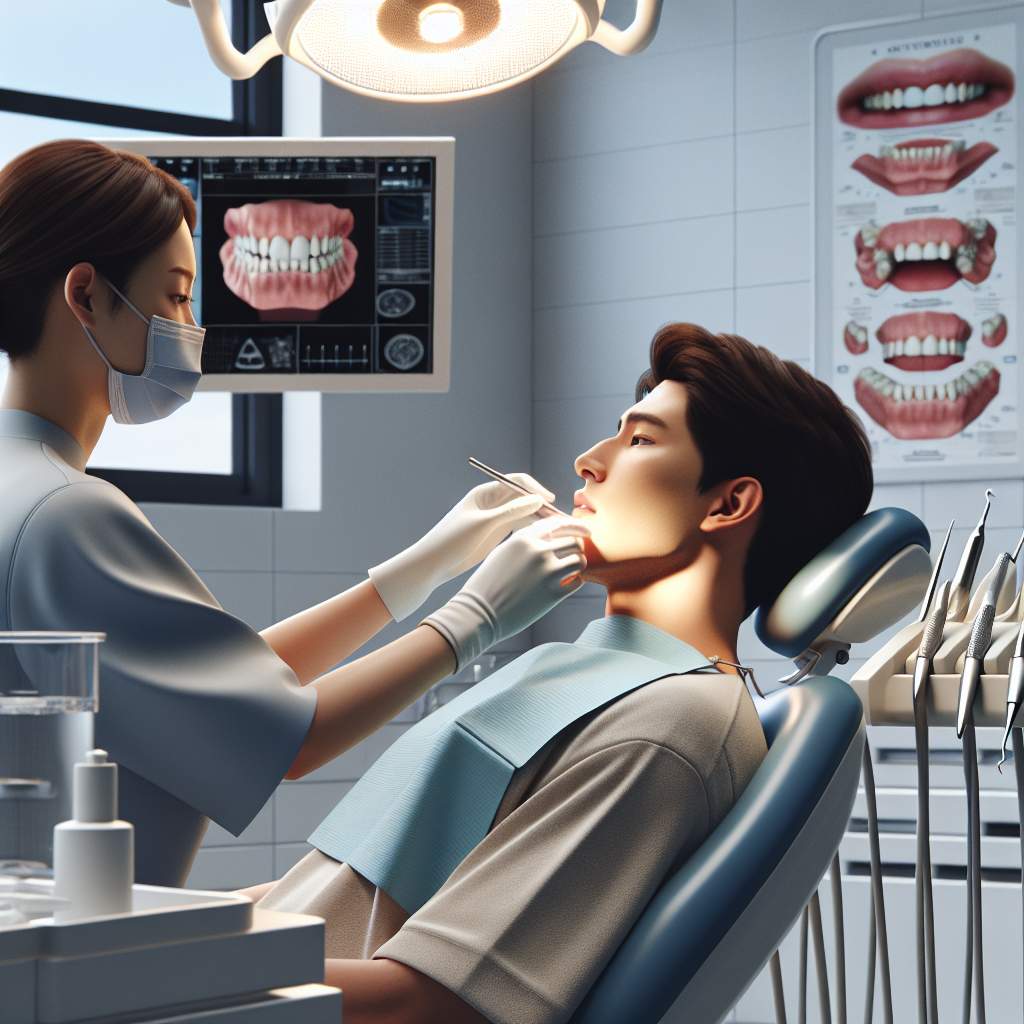
How does mewing work to potentially alter facial structure?
Mewing is a technique that involves positioning your tongue against the roof of your mouth. This action is supposed to help shape the bones in your face and jawline over time. The idea is that by keeping your tongue in this position, you can influence how your facial structure develops or changes.
People who practice mewing believe it can lead to a more defined jawline, improved alignment of teeth, and an overall better facial appearance. It’s all about applying gentle pressure in the right places with your tongue. This constant pressure might encourage the bones to grow or shift slightly, leading to changes in facial structure.
What are the principles behind mewing and jaw positioning?
The main principle behind mewing is proper tongue posture. Dr. John Mew, who introduced this concept, suggests that correct tongue posture plays a crucial role in shaping our faces. The idea is to keep the entire tongue pressed against the roof of the mouth while keeping the lips together and teeth lightly touching or slightly apart.
This position is believed to not only improve facial aesthetics but also support better breathing habits and oral health. By maintaining this posture, individuals may influence their jaw development and alignment over time, potentially leading to a more aesthetically pleasing jawline and facial structure.
Can mewing provide noticeable changes in adults, or is it more effective in younger individuals?
Mewing is often said to be more effective for younger people whose bones are still growing and developing. In children and teenagers, the facial bones are more malleable, meaning they can be shaped more easily through practices like mewing. This doesn’t mean adults can’t see any benefits, but changes might be less noticeable or take longer to appear.
For adults, while significant bone change might be less likely due to their bones being fully developed, some believe that mewing can still help improve muscle tone around the jawline and face. This could lead to subtle improvements in appearance over time. However, expectations should be realistic as drastic changes are less likely compared to younger individuals.
What evidence exists to support the effectiveness of mewing in correcting a recessed jawline?
The scientific evidence supporting mewing as a method for correcting a recessed jawline is limited. Most of the claims come from anecdotal reports shared by individuals online who have tried this technique themselves. They share before-and-after photos showing improvements in their facial structure after practicing mewing consistently over months or years.
Despite the lack of extensive scientific research on mewing’s effectiveness for altering facial structures significantly, some orthodontic professionals acknowledge that proper tongue posture can play a role in dental health and possibly influence jaw development positively. However, they also caution that expecting dramatic results solely from mewing might not be realistic for everyone.
| Aspect | Information |
|---|---|
| Mewing Definition | A technique that involves proper tongue posture, aiming to reshape the jawline and facial structure over time. |
| Potential Benefits for Recessed Jawline | May help in promoting a forward growth of the jaw by improving tongue and oral posture. |
| Technique | The entire tongue should be pressed against the roof of the mouth, teeth lightly touching, lips closed, and breathing through the nose. |
| Timeframe for Visible Results | Varies significantly; some report changes in a few months, while others may not see noticeable results for years. |
| Evidence Base | Limited scientific studies directly supporting mewing’s effectiveness for significantly altering adult facial structure. More research needed. |
| Considerations | Effectiveness may vary based on age, genetics, and consistency in practice. Not a substitute for medical or orthodontic advice. |
| Alternative Options | In cases of significant concern or desire for quicker results, consulting with an orthodontist or maxillofacial surgeon might be advisable. |
How long does it typically take to see results from mewing for a recessed jawline?
Seeing results from mewing can vary greatly from person to person. Some people might notice changes in a few months, while others may need to practice mewing for over a year. It depends on how consistently one practices the technique and their age.
The younger the individual, the more pliable their bones are, making it easier to influence facial structure. Adults, especially those over 25, may find it takes longer to see noticeable changes because their facial bones have fully developed.
Are there any risks or potential side effects associated with mewing?
Mewing is generally considered safe if done correctly. However, incorrect technique can lead to issues. For example, applying too much pressure with the tongue or incorrectly positioning it can cause dental problems or discomfort in the jaw.
It’s also possible for individuals to experience strain or fatigue in their jaw muscles when they first start practicing mewing. This usually happens because the muscles are not used to being engaged in this new way. Over time, as one gets accustomed to proper tongue posture, these issues should diminish.
What additional methods can complement mewing for better results in jawline correction?
To enhance the effects of mewing on jawline correction, incorporating exercises that target the neck and jawline can be beneficial. Exercises like chin tucks and neck curls can help strengthen the muscles around the neck and lower face, potentially improving overall facial aesthetics.
Additionally, maintaining a healthy diet and staying hydrated are important. These lifestyle factors contribute to skin elasticity and muscle tone which can complement the structural changes sought through mewing. Proper sleep and stress management also play a role in achieving optimal results.
Final Thoughts
Mewing offers a natural approach to improving facial structure, particularly for those looking to correct a recessed jawline. While results vary and patience is required, combining mewing with complementary exercises and healthy lifestyle choices can maximize outcomes.
As with any self-improvement technique, it’s important to approach mewing with realistic expectations and understand that significant changes might take time. Consulting with professionals such as orthodontists or myofunctional therapists before starting could provide valuable guidance tailored to individual needs.


